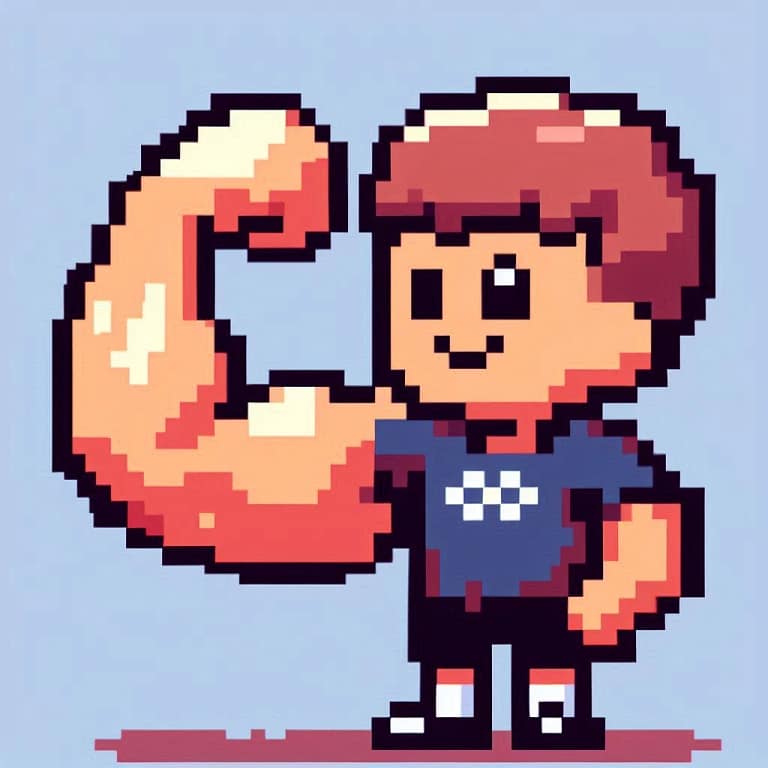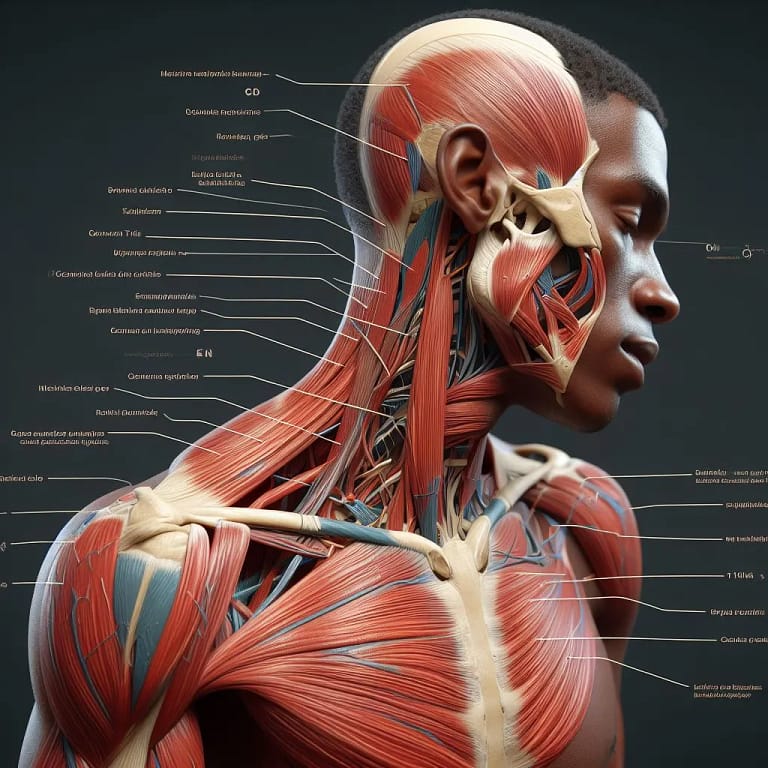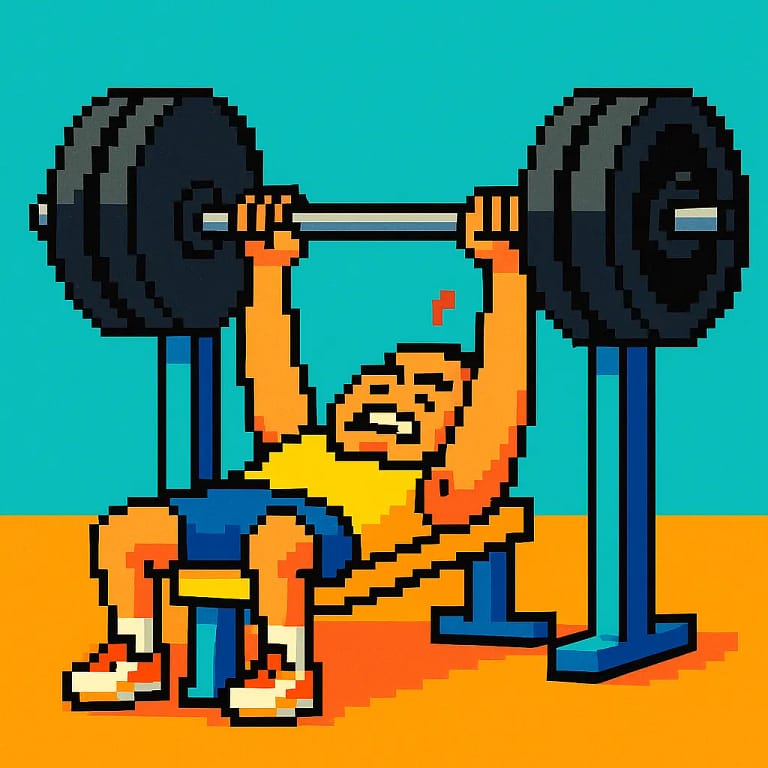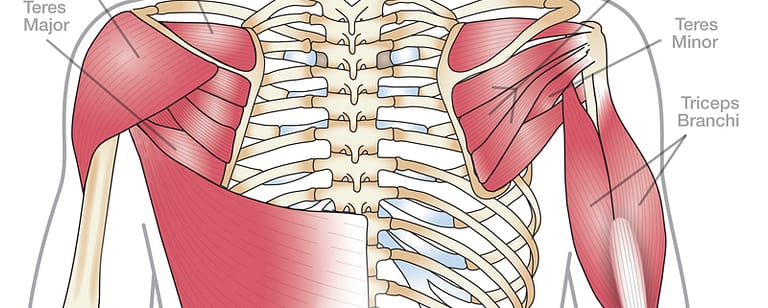Hang On! For Healthy Shoulders: Dead Hangs
How Dead Hangs Aid in Shoulder Mobility, Spinal Decompression and Grip Strength
It may sound simple. It may sound basic, but dead hangs can be very beneficial to the body.
I’m talking about walking up to a pullup bar or clothes line pole or tree branch or underside of the steps and just hanging with your feet off the ground and your elbows locked out.
Dead hangs can improve shoulder mobility and stability, decompress your spine and improve grip strength. It requires a wide range of muscles including the shoulders, core and even grip muscles.
Shoulder Mobility and Stability
When you hang from a bar you are able to gently stretch the shoulder capsule, promoting better flexibility. This can be particularly helpful for individuals who have tight shoulders or mobility issues.
Regular hanging strengthens the muscles responsible for scapular stability like the serratus anterior (the finger looking muscles under your armpit) and the rhomboids which are the muscles in between your shoulder blades.
Dead hanging also strengthens the muscles of the rotator cuff which can protect them from injury and prevent shoulder impingement syndrome.
Spinal Decompression
Thanks to gravity, dead hanging can decompress and provide traction to your spine and reduce tension in your upper back muscles.
There are conflicting opinions on the effectiveness of low back traction techniques in regards to improving low back pain.
While simply hanging may not be overly effective, what you can do is gently let your feet touch the ground when hanging without putting too much of your weight on them. This will complete the kinetic chain and you should feel a gentle but effective stretch at your lumbar spine.
Vice Grip Strength
Dead hanging can place a great demand on the muscles of the forearms improving grip strength. Grip strength has been directed tied to overall strength and believe it or not, immune system health.
Not only does greater grip strength make strength training movements like pull ups and deadlifts easier, but having a strong grip is linked to immune health as well.
How to perform the Dead Hang
I mean, it’s pretty simple right? Just find a bar, use an overhand grip and hang with your elbows locked out and your legs off the ground.
You should be able to maintain proper posture and engage the correct muscles.
Try to avoid letting your shoulders elevate towards your ears. In other words, try to engage your shoulders and lats and pull yourself towards the bar WITHOUT bending your elbows even a little bit. You should feel your shoulders blades pull back and down towards your back pockets.
Rather than arch at your low back, try to keep your core engaged and pull your rib cage down towards your pelvis. This is not only good for overall posture but it will also prevent swinging. As a side note, this is especially helpful when performing pull ups.
Standards/Training Protocol
Dead hanging is an underrated yet highly effective exercise that will improve your shoulder and back health and improve your grip strength and overall strength. To reap the benefits of this simple exercise, implement this exercise progressively. Build up over time.
Below are standards to give you an idea what level you are regarding dead hang ability from beginner to advanced. Test yourself and then follow the training plans below to improve your time.
Standards
| Beginner | 10 – 20 seconds |
| Intermediate | 30 – 40 seconds |
| Advanced | 60 – 90 seconds |
Training Schedule
Once you have tested your max dead hang. Check to see where it lies in the standards above and then follow the training plan below. I have outlined what the first 2 weeks will look like in terms of sets and duration. Rest completely between sets. If you need to rest for 5 minutes between sets, that is ok. Complete all sets.
Beginner

Let’s say on one of your sets on Friday you get :25 to :30 seconds. The following week you will adjust the numbers like this.

Continue with this protocol as long as you continue to make progress. Linear progression only works for so long, so probably by week 3 or 4 you will have to either change up the type of exercise or deload to reset the stimulus and run the program again to make new gainz!
Intermediate
Intermediate level trainees will have a similar plan but will require a little more volume to be able to make progress. If you tested at about 30 – 40 seconds on the dead hang, follow this training plan. Check the boxes as you complete the sets

Let’s say on one of your sets on Friday you get ::35 – :45 seconds. The following week you will adjust the numbers like this.

If you are in the zone and want to push your Friday test day to the same day on Thursday you absolutely may do so. Don’t be surprised if you are hanging well past a minute by the end of the second week. As mentioned above, linear progression only works for 2-3 weeks in my experience. So you may need to vary the exercise or take a complete rest week to reset the stimulus. After 3-4 weeks take a week break and repeat if you would like.
Advanced
If you are advanced you should have little problem dead hanging for over a minute. But because you can hold on for so long, your training sessions will be longer. This volume will add up and make it difficult for you to progress
To combat this problem I want you to wear a weight vest or backpack with weight plates in it or have your little sister or child climb on your back while you perform resisted dead hangs. This will be the best way to continue to make progress in your dead hang without making your training sessions take forever.
Advanced lifters should check out our article on advanced hanging techniques and exercises here.
When starting out, work your way up slowly with each movement
Key Takeaways
References:
- Lee CH, Nam HS, Lee SU. Usefulness of a Hanging Position With Internal Rotation of Shoulder in Ultrasonography-Guided Intra-articular Steroid Injection for Adhesive Capsulitis. Ann Rehabil Med. 2016 Jun;40(3):520-7.
- López-Rivera E, González-Badillo JJ. Comparison of the Effects of Three Hangboard Strength and Endurance Training Programs on Grip Endurance in Sport Climbers. J Hum Kinet. 2019 Mar 27;66:183-195.
- Paine R, Voight ML. The role of the scapula. Int J Sports Phys Ther. 2013 Oct;8(5):617-29.
- Vanti C, Saccardo K, Panizzolo A, Turone L, Guccione AA, Pillastrini P. The effects of the addition of mechanical traction to physical therapy on low back pain? A systematic review with meta-analysis. Acta Orthop Traumatol Turc. 2023 Jan;57(1):3-16.
- Vroomen PC, de Krom MC, Slofstra PD, Knottnerus JA. Conservative treatment of sciatica: a systematic review. J Spinal Disord. 2000 Dec;13(6):463-9.
- Wegner I, Widyahening IS, van Tulder MW, Blomberg SE, de Vet HC, Brønfort G, Bouter LM, van der Heijden GJ. Traction for low-back pain with or without sciatica. Cochrane Database Syst Rev. 2013 Aug 19;2013(8)






